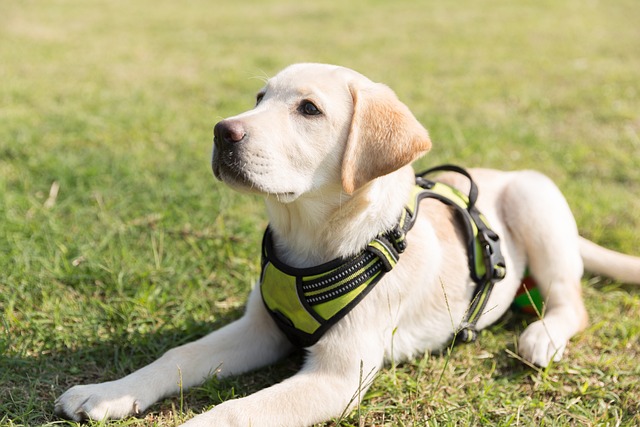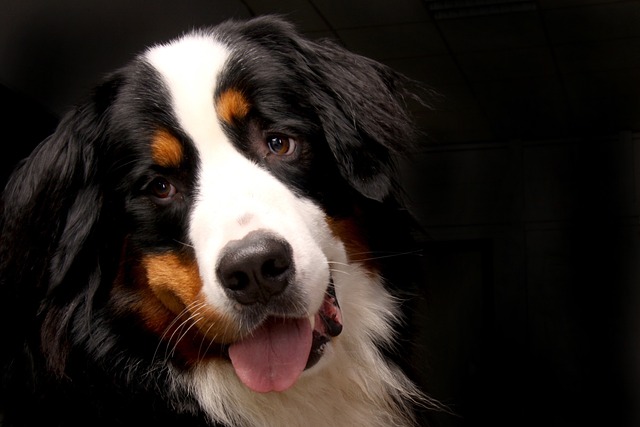
Can I use coconut oil to make hair conditioner for my dog
If you’ve ever finished bathing your dog, reached for the bottle of dog conditioner, and realized it’s empty—staring at a jar of coconut oil in your pantry instead
You’re scrolling through social media when you come across a post about a dog battling influenza, and a wave of worry hits you. As an American dog owner, you might wonder: What does influenza do to dogs? Understanding this viral illness is crucial for keeping your furry friend healthy and safe.
Canine influenza, often called dog flu, is caused by specific strains of the influenza virus that affect dogs. Unlike the common cold, which is usually mild, the flu virus attacks the respiratory system, causing inflammation and irritation. When a dog inhales the virus or comes into contact with contaminated surfaces like bowls, toys, or bedding, the virus attaches to cells in their nose, throat, and lungs. Once inside, it starts to replicate, triggering the body’s immune response and leading to a cascade of symptoms.
The symptoms of canine influenza can range from mild to severe. Mild cases often mimic a bad cold, with symptoms like a runny nose, coughing, sneezing, and a low - grade fever. Your usually energetic pup might seem tired, lose their appetite, or have a reduced interest in play. In more severe cases, the coughing can become persistent and harsh, and dogs may develop pneumonia, which can be life - threatening. For example, in some outbreaks across US cities, dogs with weakened immune systems quickly deteriorated, highlighting the virus’s potential danger.

If you suspect your dog has the flu, the first step is to isolate them from other dogs immediately to prevent the spread. Then, schedule an appointment with your vet right away. Your vet will likely perform a physical exam, ask about your dog’s symptoms and recent exposure history, and may run tests to confirm the diagnosis. Treatment usually involves supportive care, such as ensuring your dog stays hydrated, getting plenty of rest, and using medications to manage fever and cough. In severe cases, hospitalization and intensive care might be necessary.
In the American pet - owning landscape, there are important compliance and care aspects. While rabies vaccinations are legally required in most states, some areas also recommend or require canine influenza vaccines, especially for dogs that frequent places like dog daycares, groomers, or dog shows. Just as you’d take care of a sick family member without scolding them, never punish your dog for being ill. Instead, focus on providing comfort, like cozy blankets and gentle petting, following the principles of positive care.
For apartment dwellers, containing a sick dog can be challenging. Keep your dog in a separate room if possible, and thoroughly clean and disinfect shared areas to prevent the virus from spreading to other pets in the building. When your dog recovers, be mindful of community etiquette during walks. Avoid crowded dog parks until your vet gives the all - clear, and always clean up after your dog to maintain a healthy environment for everyone.
Canine influenza is a serious illness that requires prompt attention and care. By knowing the signs, acting quickly when symptoms appear, and following local pet - care guidelines, you can help your dog recover and protect other pets in the community.

If you’ve ever finished bathing your dog, reached for the bottle of dog conditioner, and realized it’s empty—staring at a jar of coconut oil in your pantry instead

If you’re a new dog parent in the US—maybe you’re sitting on your New York apartment floor, watching your 1-year-old Golden Retriever

If you’re a new dog parent in the US—maybe you’re sitting on your Arizona apartment floor, holding your 6-month-old Beagle’s ear open with one hand

Most Labrador owners start wondering about their pup’s coat change around the time those tiny paws turn into bigger, more energetic ones. Typically, Labs begin losing their soft puppy coat between 4 and 6 months of age.

If you’re a new dog parent in the US—maybe you’re staring at your Texas apartment counter, holding a $200 groomer bill for your Goldendoodle’s last trim

Finding loose fur on your puppy’s bed or your couch can make any new owner pause—wondering if it’s a sign of trouble or just part of growing up.